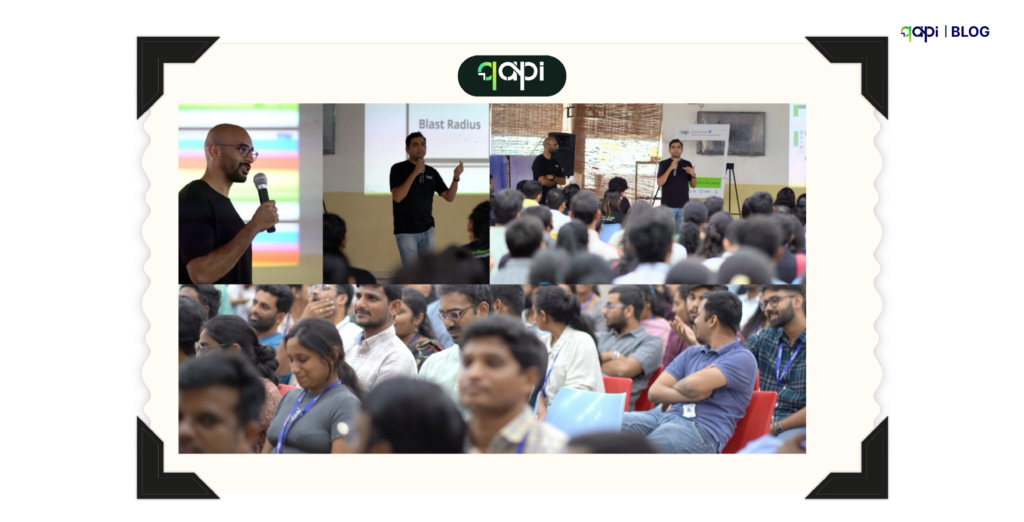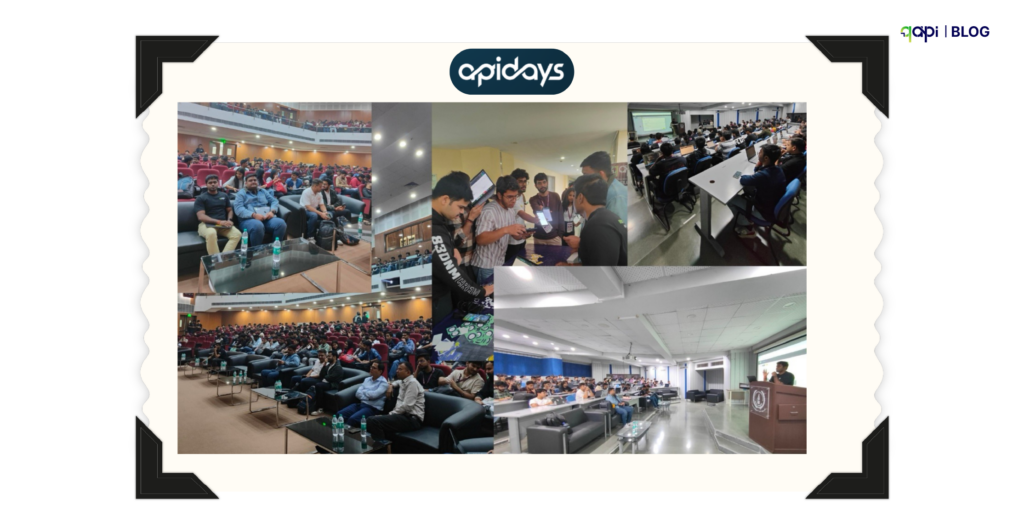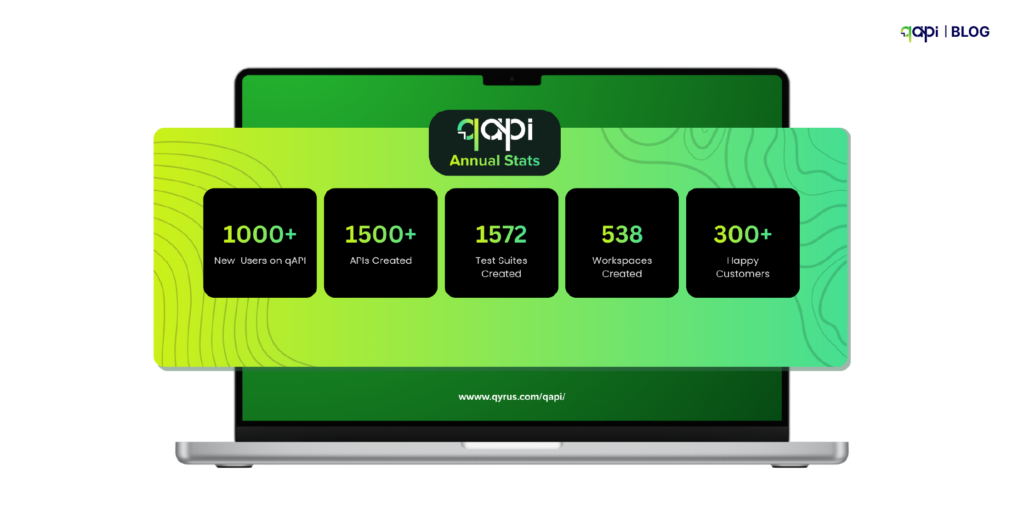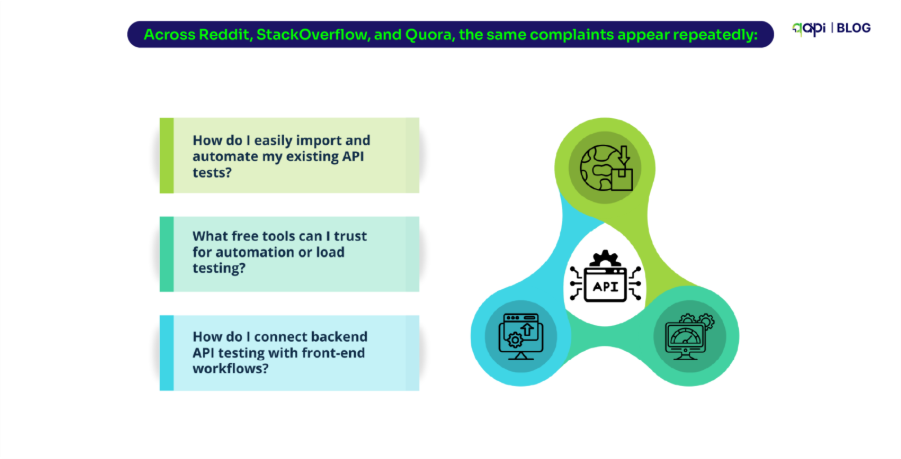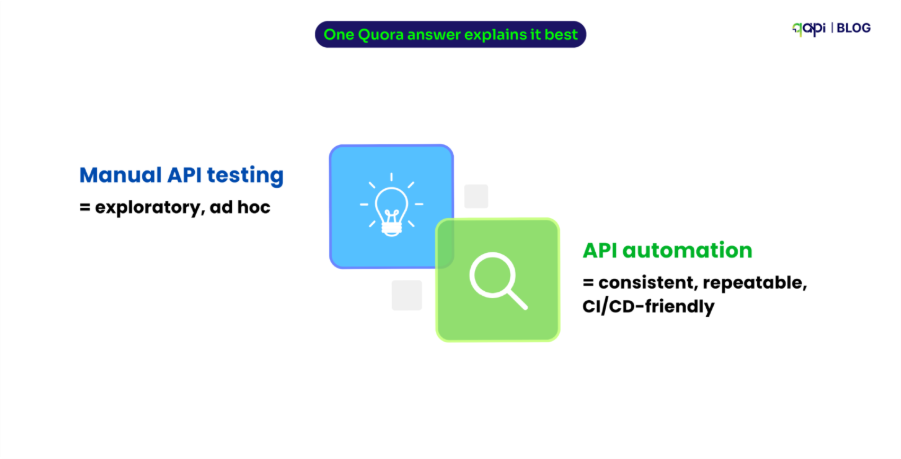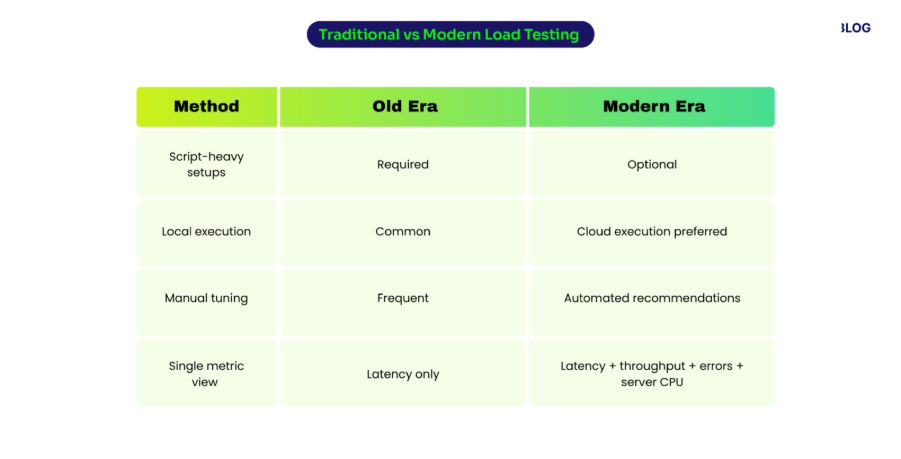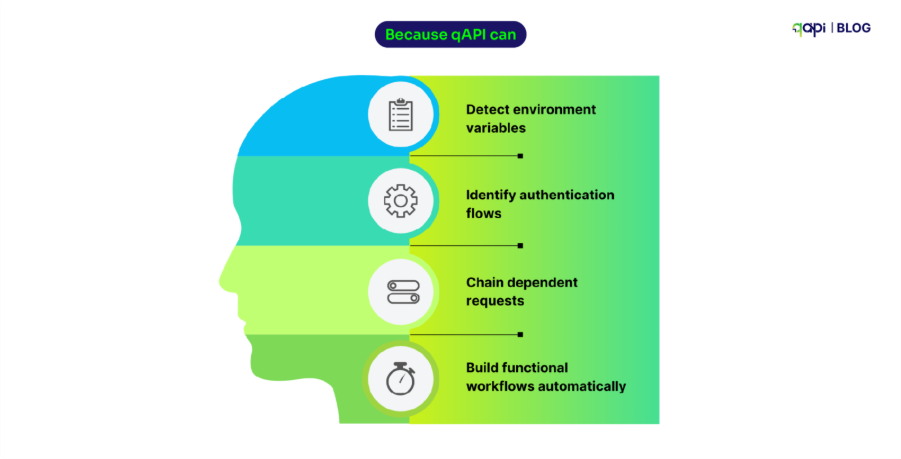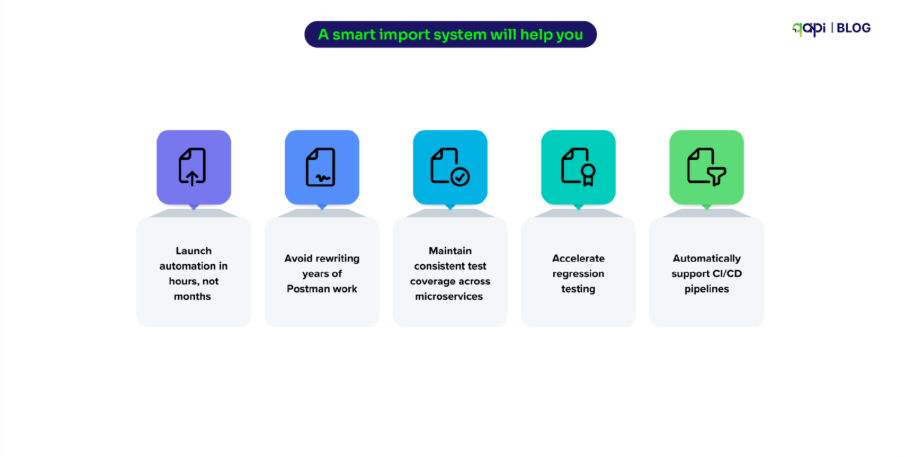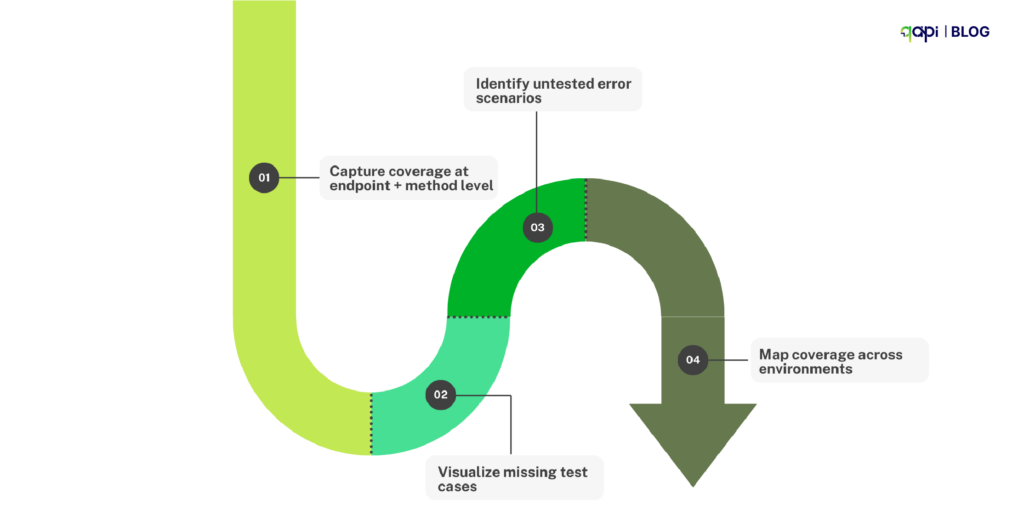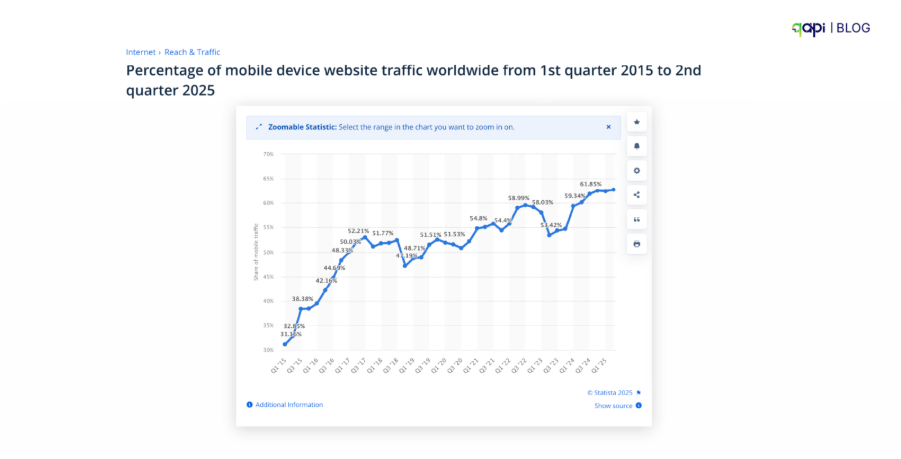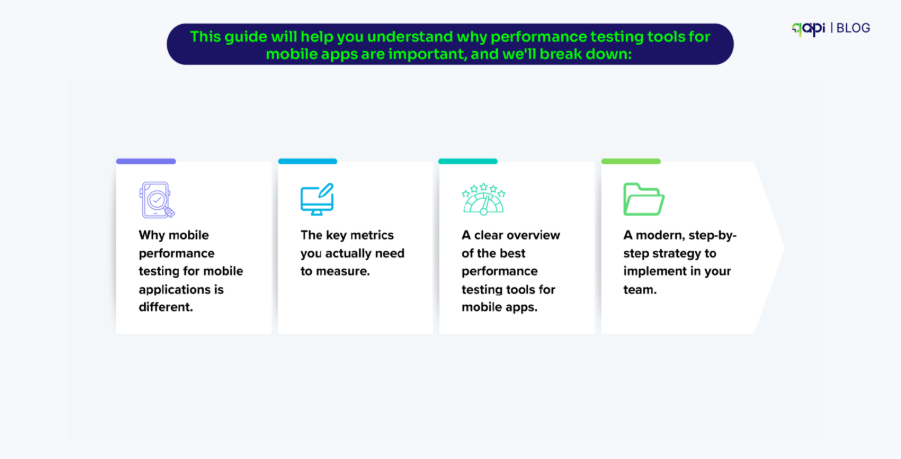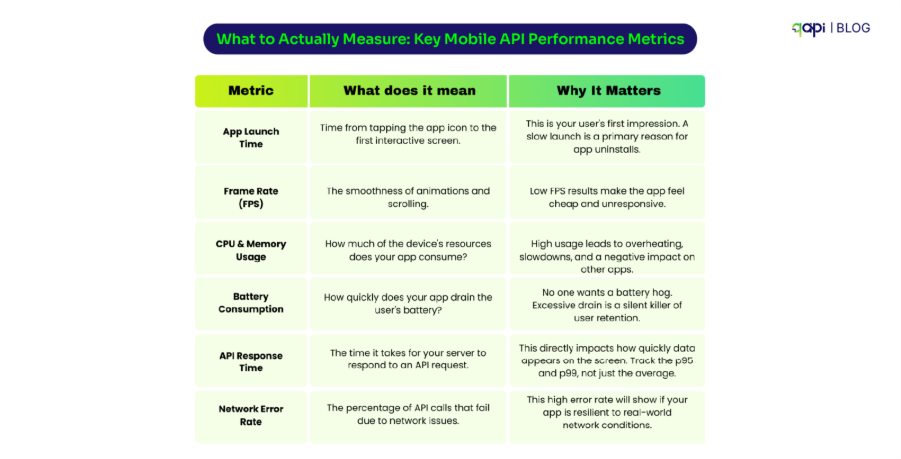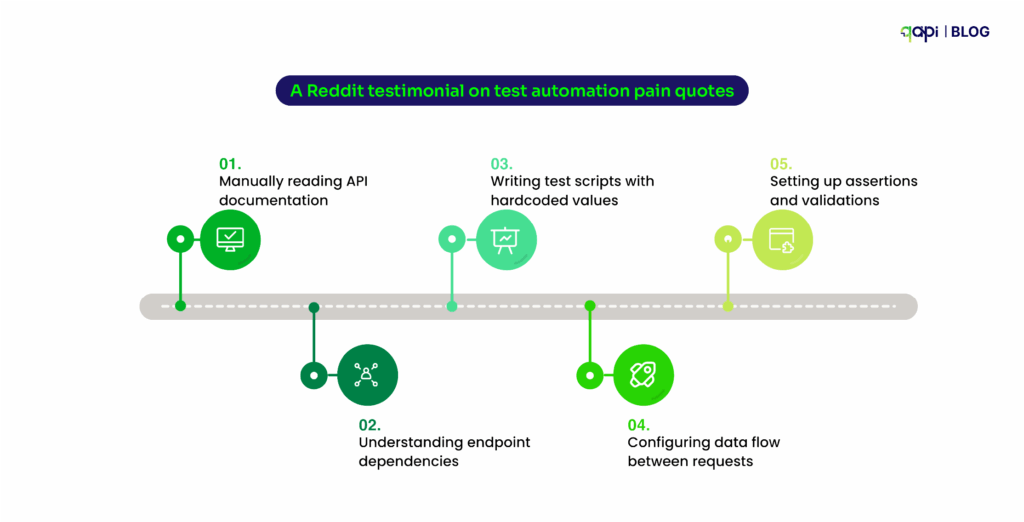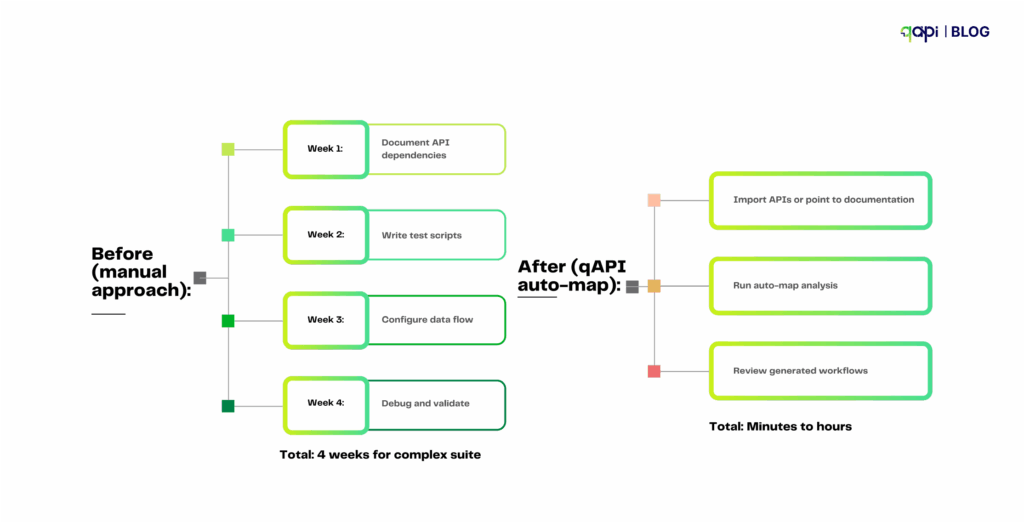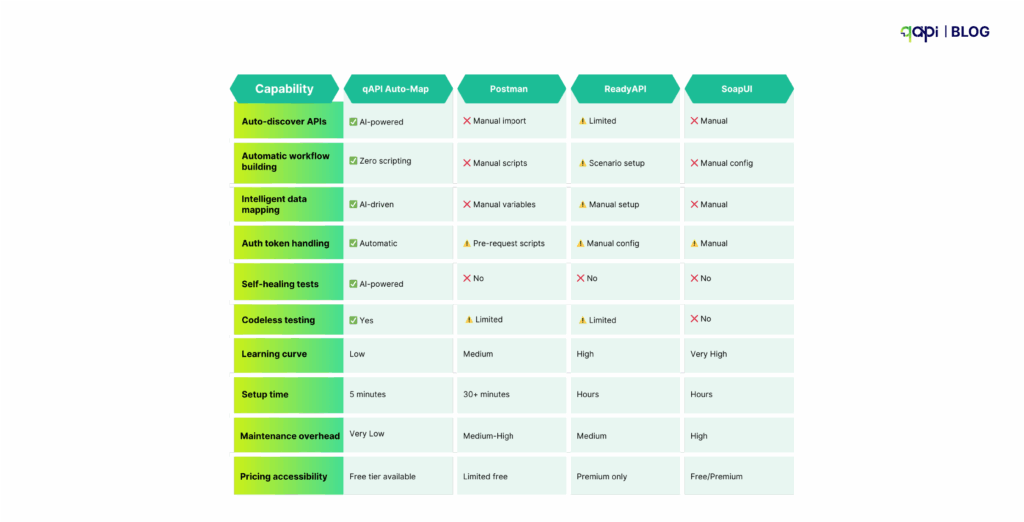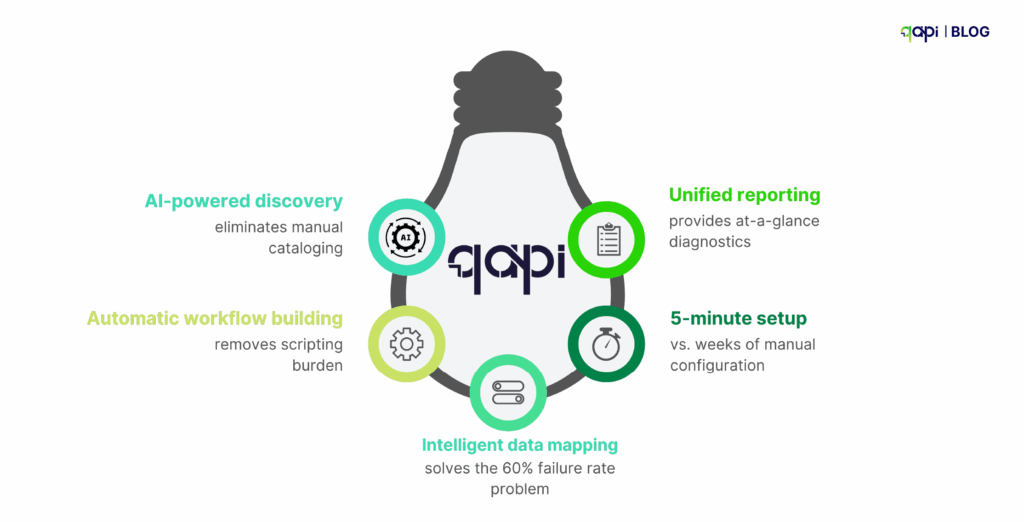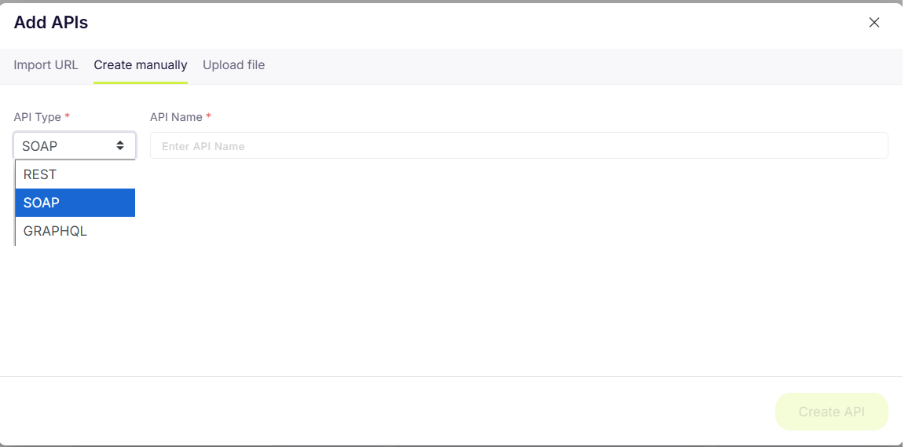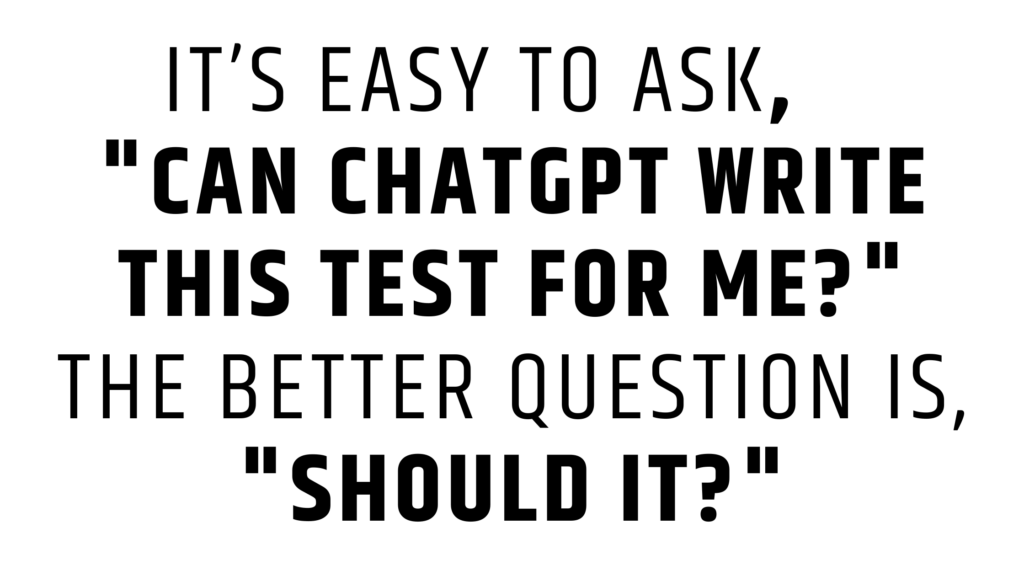It’s the same story with every company starting out or a older one that’s attempting to restructure their processes. They have a problem choosing the ideal QA test management platform.
Every CTO and tech team now claims to be agile and completely on cloud, but the real problem isn’t technology it’s about how companies approach using it. In the last few months, we have worked with leaders and teams who didn’t experiment but still managed to scale.
Why? Because they were able to make bets based on the decisions they made on what they wanted to achieve and how. Across any vertical, be it healthcare, IT, or manufacturing, there was a common pattern. Teams got lean and simplified their API testing process, which took transformation seriously and decided to use tools that simplify rather than complicate.
The teams that get this right follow one principle: simplify first, automate second.
Here are some lessons from those who managed to scale after choosing qAPI for their QA test management platform.
What Is a Test Management Platform?
Test Management Platform is all about where you handle your software testing needs for planning, testing, and monitoring the testing activities, which will be finally used for product quality and assurance.
As a test management platform, QA teams expect a way to get things streamlined and move faster along the entire software development lifecycle. The goal here is to find issues and implement their fixes.
But here’s where most teams get stuck: They implement a tool that just adds another layer of complexity. The magic happens when your test management platform becomes the quality intelligence layer that makes Jira smarter about what “done” really means.
You will get the following answers
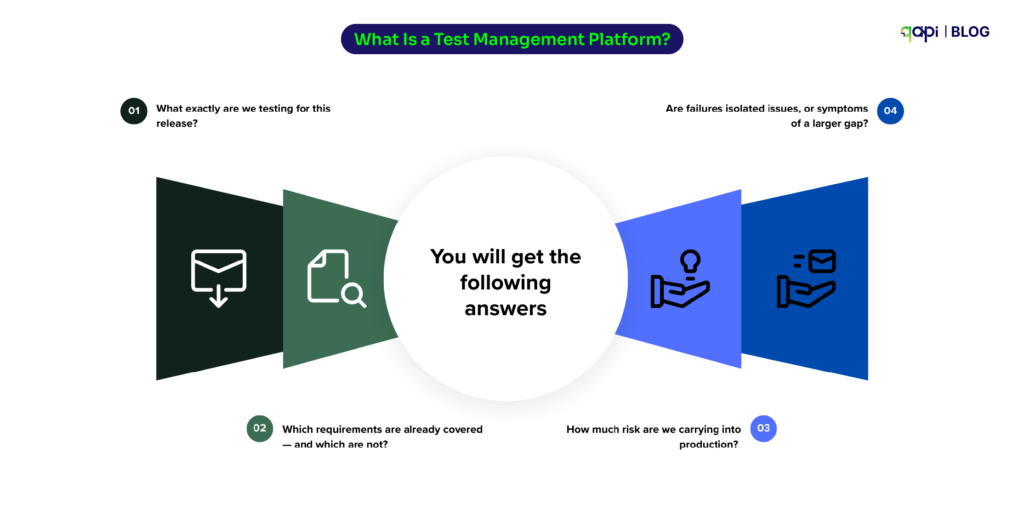
• What exactly are we testing for this release?
• Which requirements are already covered — and which are not?
• How much risk are we carrying into production?
• Are failures isolated issues, or symptoms of a larger gap?
What’s the difference between a test management tool and a test automation tool?
Now that you know how a test management tool works and what its purpose is, let’s clear the air by showing how different it is from a test automation tool.
What Test Automation Tools Actually Do
Test automation is the practice of using software tools and scripts to automatically execute tests, validate outcomes, and report results. Instead of a tester repeatedly clicking through the same workflows, an automated test completes those checks automatically by checking that an application is working as expected after every code change.
These automation frameworks are designed to:
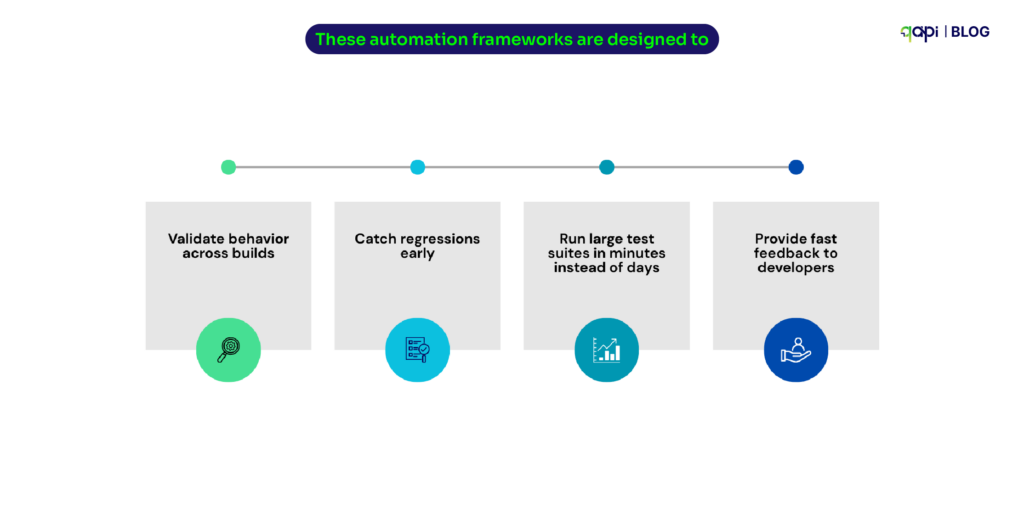
• Validate behavior across builds
• Catch regressions early
• Run large test suites in minutes instead of days
• Provide fast feedback to developers
How Test Management and Automation Are Meant to Work Together
When these tools are properly connected, the workflow becomes much simpler — and much calmer.
Here’s how high-performing teams should operate:
1️⃣ Plan and prioritize in the test management platform. List down requirements, risks, and test scope.
2️⃣ Execute via automation as automation frameworks run tests continuously through CI/CD.
3️⃣ Sync results automatically as test results flow back into the management platform in real time.
4️⃣Analyze impact as it will help teams to see which features are affected, what’s still untested, and where risk is concentrated.
5️⃣ Decide with confidence based on the impact you must decide the next step. Go / no-go decisions are based on coverage and impact.
Important Features of a Modern Test Management Platform
1️⃣ Jira/ALM Sync That Just Works
is no longer a nice-to-have — it’s essential. Because so many engineering organizations use Jira as their central project hub, a test management platform must sync bi-directionally with Jira issues so that updates to requirements, defects, and tests flow seamlessly across tools.
• Employees using more than 10 apps report communication issues at 54%, versus 34% for those using fewer than 5 apps, showing how tool fragmentation directly harms coordination.
• A Deloitte-cited study found that organizations that improve collaboration and streamline how people work see around 40% improvement in project turnaround times, largely by reducing status-chasing and rework.
2️⃣ Ability to trace requirements to releases
A core capability that lets teams map tests to features and defects. When test cases are directly linked to user stories and bugs, it’s possible to see coverage at a glance — not just raw pass/fail counts.
This traceability is a major helper between a simple test case repository and a true quality command center. An IEEE study showed that more complete requirements traceability correlates with a lower expected defect rate in the delivered software, providing empirical evidence that traceability boosts quality.
3️⃣ Unified Results Dashboard
Where manual and automated test outcomes appear together is also essential. In the absence of a single view, teams waste time switching between tools and adding data manually.
With such dashboards, when data flows in real time, stakeholders can understand quality trends, identify regressions early, and make data-driven decisions rather than relying on intuition and educated guesses.
Why do we say that because people will spend less time assembling reports and more time acting on them. Businesses that promote strong collaboration and shared visibility are up to five times more likely to be high-performing.
4️⃣Version history & change control
As your test suites evolve, teams will change, and codebases will shift, it’s critical to know not just what changed but also why and when. Version history lets teams audit the evolution of tests, understand test maintenance impact, and prevent regressions caused by untracked edits. Without this, test suites will drift and you will lose trust over time.
Role-based collaboration is another key feature. Different stakeholders interact with quality data in different ways: developers need technical detail, QA teams want execution context, and product owners want high-level coverage and risk metrics. Platforms that allow tailored views and permissions help teams work together without confusion or noise.
Especially for teams aiming to scale, cloud-native architecture is vital. Legacy on-premises test management systems can become a huge problem under heavy workloads, whereas cloud platforms scale elastically, reduce administrative overhead, and support distributed teams working across geographies and pipelines.
In practice, when these foundational features are in place, teams start to experience measurable improvements in efficiency and visibility. With qAPI test management isn’t about collecting test cases — it’s about turning testing data into insight and predictable outcomes. If a platform can’t offer these core capabilities, then your exposed to risks and achieving nothing more than a digital notebook rather than a strategic quality partner.
Can Test Management Integrate with Automated Testing Tool?
Yes, and with qAPI, it is built-in.
In a traditional setup, you might struggle to connect a test management tool with separate automation scripts (like Selenium) and a CI server. But with qAPI, this integration is seamless because the platform handles both the execution and the management of tests.
• Capturing and Reporting Results: Instead of needing a third-party plugin to “fetch” results, qAPI provides real-time reporting natively. Whether you are running a functional API test or a load test, the results (pass/fail status, latency, payload data) are instantly visible in the qAPI dashboard.
• Workflow Integration (CI/CD): qAPI is designed to fit into your existing DevOps pipeline. It offers native integrations and webhooks for tools like Jenkins, Azure DevOps, and GitHub Actions.
The Workflow: When your CI pipeline triggers a qAPI test suite via a simple cURL command or plugin → qAPI executes the tests in the cloud → Results are sent back to the pipeline to either pass the build or stop it if bugs are found.
• What “Automation Support” Looks Like in qAPI: It means you don’t have to context-switch. You can view your test execution history, analyze failure logs, and manage your test data (CSV/Excel) all within the same interface where you built the automation.
Measuring the ROI of qAPI as a Test Management Tool
When moving to an intelligent platform like qAPI, ROI isn’t just about saving money—it’s about velocity and risk reduction.
• Faster Release Cycles: With features like AutoMap, teams can reduce test creation time by up to 50%. Instead of manually stitching workflows together, qAPI automates the connections.
• Reduced Manual Overhead (Efficiency): qAPI’s no-code/low-code interface allows manual testers and business analysts to contribute to automation. This removes the bottleneck of relying solely on SDETs for every single test script.
• Infrastructure Savings (Cost): With Virtual User Balance (VUB), you only pay for the load you generate. There is no need to maintain expensive, idle servers for load testing.
Why qAPI Fits Startups and Small Teams
We often see small teams often thinking they are stuck with open-source tools that require heavy setup and maintenance (like hosting your own server) because enterprise tools are too expensive. qAPI as a B2C tool bridges this gap.
• Low Barrier to Entry: qAPI is cloud-native (SaaS). A small team can sign up and start testing immediately without needing to install servers or configure complex databases.
• All-in-One Capability: Small teams rarely have the budget for three separate tools (one for functional testing, one for load testing, and one for reporting). qAPI offers Functional, Load, and Reporting in a single license, making it a cost-effective powerhouse for lean teams.
• Scalability: You can start small with functional testing and, as your user base grows, instantly scale up to load testing using the same scripts you already wrote.
In 2026, a test management platform can’t just be a place to store test cases. It needs to act as the command center for your entire automation strategy.
The line between managing tests and executing them is disappearing. Teams no longer have the patience—or the budget—for stacks that require stitching together plugins, maintaining brittle Selenium glue code, or running load tests on completely separate infrastructure. That model simply doesn’t scale.
What Actually Matters When Choosing a Platform
1️⃣ Consolidation drives real ROI The highest-performing teams reduce tool sprawl, not expand it. Platforms like qAPI, which bring functional validation, load testing, and reporting into a single workflow, eliminate context switching and operational drag. Fewer tools mean faster feedback—and faster releases.
2️⃣ Automation should be native, not bolted on Automation only works when it fits naturally into your pipeline. Look for platforms that plug directly into CI/CD systems like Jenkins and GitHub Actions, without requiring custom scripts or fragile integrations. If automation feels like extra work, adoption will stall.
3️⃣ ROI must be provable, not assumed Modern QA leaders don’t justify tools with intuition. They use metrics. Time saved through automated mapping, reduced infrastructure costs via on-demand virtual users, and faster release cycles all translate directly into business impact.
A Simple Decision Checklist
Before committing to any tool, ask yourself:
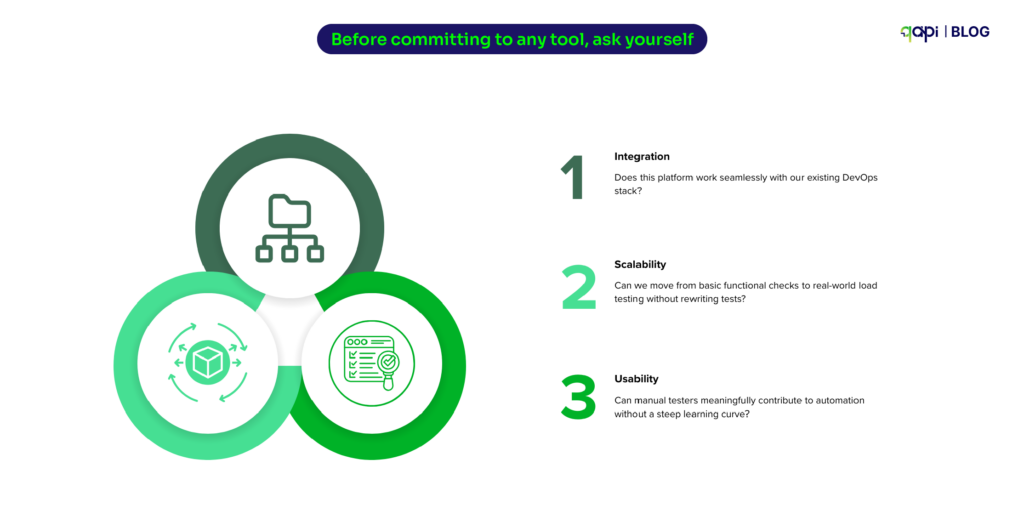
• Integration: Does this platform work seamlessly with our existing DevOps stack?
• Scalability: Can we move from basic functional checks to real-world load testing without rewriting tests?
• Usability: Can manual testers meaningfully contribute to automation without a steep learning curve?
If the answer isn’t “yes” across all three, the platform will become a bottleneck.
The Bottom Line
The future of test management isn’t about managing more artifacts. It’s about building and managing with quality and fewer problems.
If your current setup feels too cluttered, slow, or overly complex, it may be time to rethink the foundation. qAPI, as an API test management platform, doesn’t just improve testing—it’s redefining how teams are shipping software.
